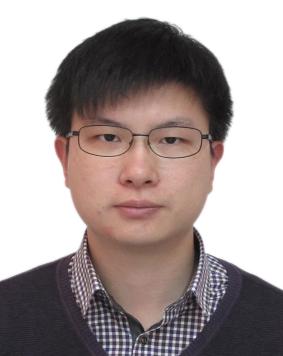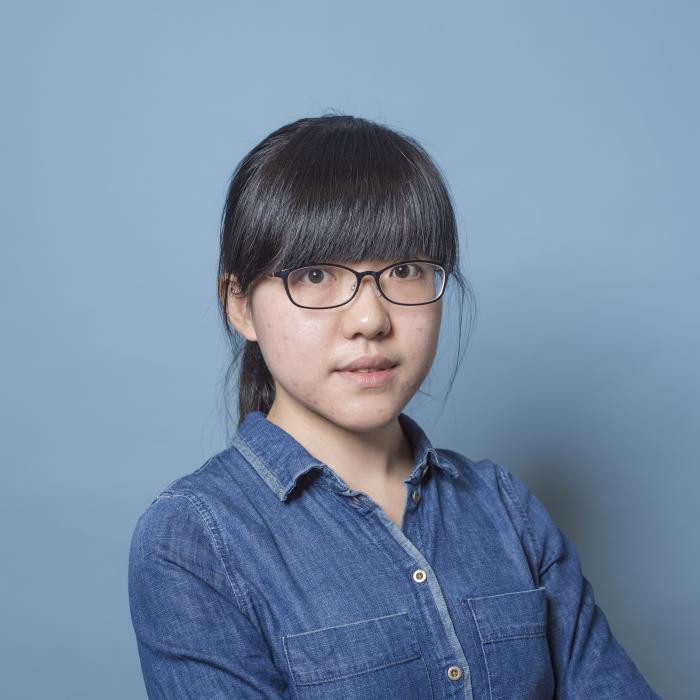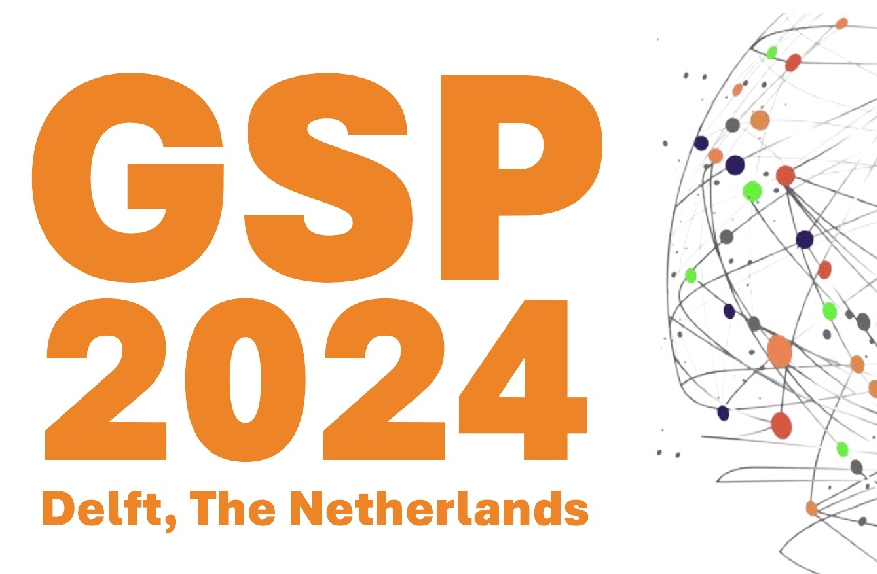Agenda
PhD Thesis Defence
- Friday, 4 December 2015
- 10:00-11:30
- Aula Senaatszaal
Blind Beamforming Techniques for Global Tracking Systems
Mu Zhou
In lower frequency bands, existing communication systems face unprecedented demands to accommodate more users in new applications. These growing demands exceed the designed system capacity and thus call for innovative solutions while keeping compatibility to the current setup to reduce the cost of users. For example, in the automatic identification system (AIS), satellite receivers are being used for expanding the service coverage of ship tracking to the global range, and similarly in the automatic dependent surveillance-broadcast (ADS-B) system for aircraft tracking. These systems are narrowband and originally designed in the last century, but they will continue to run for at least another couples of years without major updating of the user-side equipment.
The new application of AIS considered in this thesis is Satellite AIS. The satellite runs in the low-earth orbit (LEO). On the satellite, receiving AIS signals becomes much more difficult than before: one has to combat in-cell and inter-cell interfering sources from the system itself. Interference suppression is the main topic of this thesis.
Narrowband spatial beamforming techniques for antenna arrays are candidate solutions to this challenge. This thesis tries to develop new beamforming techniques with a simple structure and a low computational complexity. With these techniques, this thesis establishes a framework of multiuser reception for Satellite AIS.
As a basic tool for the proposed algorithms in this thesis, a signed URV algorithm (SURV) is proposed for the basic problem of principal subspace computation and tracking as a replacement of the singular value decomposition (SVD). The updating and downdating of SURV is direct and simple. SURV has no issue of numerical stability unlike previous algorithms in linear algebra and shows consistent performance in both stationary and nonstationary cases.
New blind beamforming techniques are proposed for separating overlapping packets in nonstationary scenarios. The connections between subspace intersection, oblique projection, the generalized SVD (GSVD), the generalized eigenvalue decomposition (GEVD), and SURV are exposed. Simulation and experimental results of the proposed algorithms are shown.
In the remaining part of the thesis, the work developing the software simulation model and constructing the hardware platform is presented. The outputs of the work are used for the verification and validation of the proposed algorithms in this thesis.
Additional information ...
Agenda
- Tue, 30 Apr 2024
- 10:00
- HB18.090
MSc SPS Thesis presentation
Wim Kok
A SystemC SNN model for power trace generation
- Mon, 6 May 2024
- 12:30
- Aula Senaatszaal
PhD Thesis Defence

Christoph Manss
Multi-agent exploration under sparsity constraints
- Tue, 21 May 2024
- 10:00
- Aula Senaatszaal
PhD Thesis Defence

Wangyang Yu
- 27 -- 28 May 2024
- Aula, TU Delft
Conferences

44th Benelux Symposium on Information Theory and Signal Processing (SITB'24, Delft)
- Tue, 18 Jun 2024
- 15:00
- Aula Senaatszaal
PhD Thesis Defence

Hanie Moghaddasi
Model-based feature engineering of atrial fibrillation
- Mon, 24 Jun 2024
- Aula, TU Delft
Conferences
